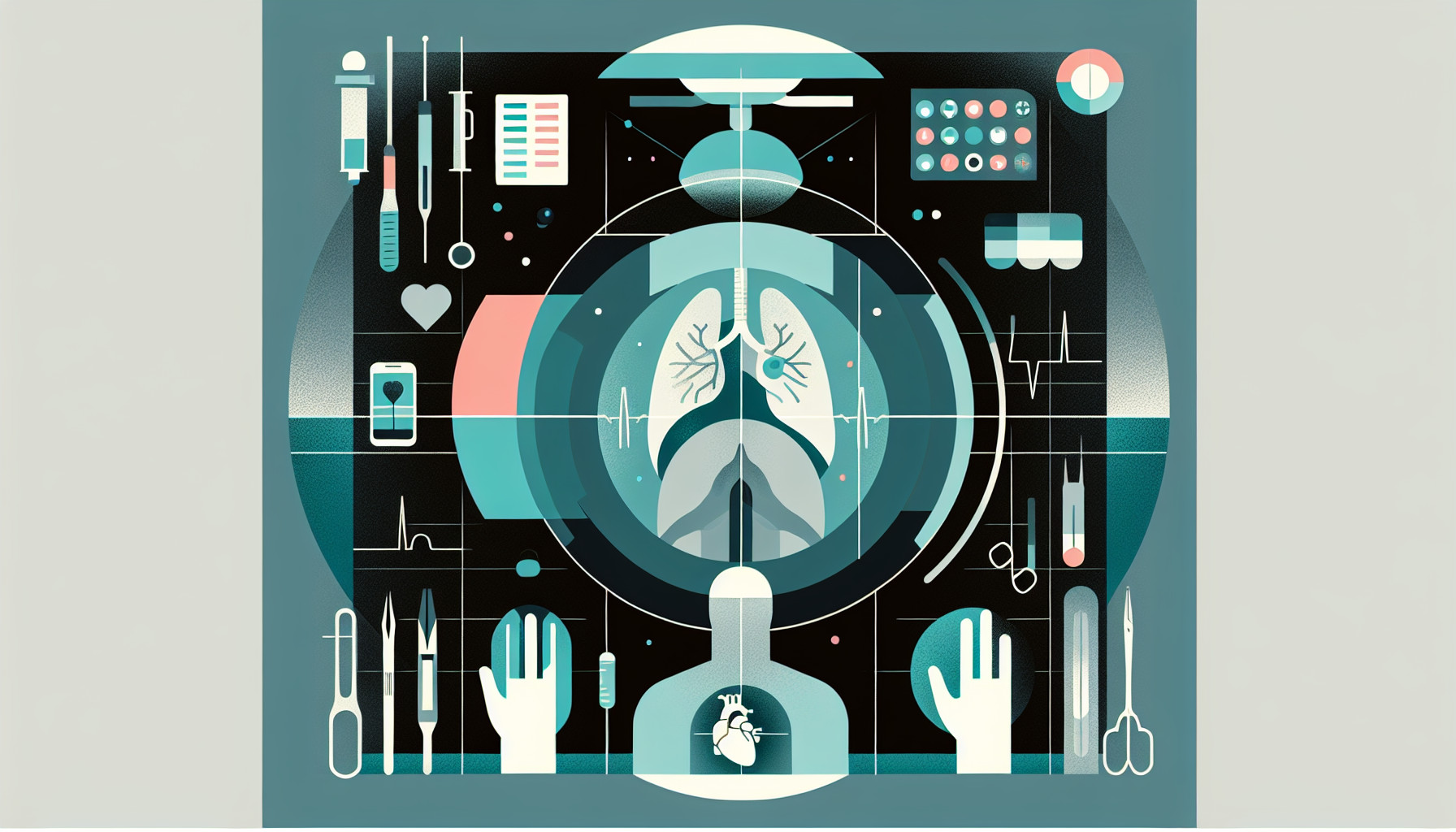Our Summary
The research paper is about two types of mastectomy procedures - nipple-sparing mastectomy (NSM) and skin-sparing mastectomy (SSM). Both are followed by immediate breast reconstruction. Since both procedures have similar safety levels in terms of cancer, the decision on which one to choose could depend on the patient’s experiences and the risk of complications.
To understand this better, the researchers reviewed several studies comparing NSM and SSM. They looked at 13 studies involving nearly 4000 patients. They focused on patient-reported outcomes - how patients felt after the procedures - and the complications that arose.
They found that patients reported higher sexual and psychological well-being after NSM compared to SSM. However, overall satisfaction levels were similar for both procedures. There was also no significant difference in the number of complications between the two procedures.
So, the decision between NSM and SSM should be made on a case-by-case basis. Other things to consider include the type of cancer treatment, the risk of complications, and the fear of cancer returning. However, NSM should only be chosen if it is considered safe from a cancer perspective.
FAQs
- What are the two types of mastectomy procedures discussed in the research paper?
- What factors should be considered when deciding between a nipple-sparing mastectomy (NSM) and a skin-sparing mastectomy (SSM)?
- Were there any significant differences in patient-reported outcomes and complications for NSM and SSM as per the studies reviewed in the research paper?
Doctor’s Tip
When discussing nipple reconstruction with your doctor, they may advise you to consider the timing of the procedure. Nipple reconstruction can be done at the same time as your breast reconstruction surgery or as a separate procedure at a later date. Your doctor may recommend waiting until your breast reconstruction has fully healed before undergoing nipple reconstruction to ensure the best aesthetic outcome. They may also discuss the different techniques available for nipple reconstruction, such as tattooing or surgical reconstruction using skin flaps. It’s important to have a thorough discussion with your doctor to understand your options and choose the best approach for you.
Suitable For
Patients who are typically recommended nipple reconstruction are those who have undergone either a nipple-sparing mastectomy (NSM) or a skin-sparing mastectomy (SSM) and are undergoing immediate breast reconstruction. These patients may have had breast cancer or are at high risk for developing breast cancer and have chosen to undergo a mastectomy as part of their treatment or risk-reduction strategy.
Additionally, patients who desire nipple reconstruction to improve the aesthetic appearance of their breasts after mastectomy may also be recommended for the procedure. Nipple reconstruction can help restore a sense of normalcy and femininity for patients who have undergone a mastectomy.
Overall, the decision to undergo nipple reconstruction should be made in consultation with a healthcare provider and plastic surgeon, taking into consideration the patient’s individual preferences, treatment goals, and overall health status.
Timeline
Before nipple reconstruction, a patient typically undergoes a mastectomy procedure, either NSM or SSM, followed by immediate breast reconstruction. This process involves removing breast tissue and reshaping the breast mound using implants or tissue from other parts of the body. After the initial surgery, the patient may experience feelings of loss, changes in body image, and physical discomfort.
After nipple reconstruction, which is typically performed as a separate procedure after the initial reconstruction has healed, the patient may experience improved satisfaction with their appearance and increased confidence. Nipple reconstruction involves creating a new nipple and areola using skin grafts or tissue flaps. The procedure is often the final step in the breast reconstruction process and can help the patient feel more whole and complete.
Overall, the timeline of a patient’s experience before and after nipple reconstruction involves undergoing mastectomy and breast reconstruction procedures, dealing with physical and emotional challenges, and ultimately achieving a sense of closure and satisfaction with their new appearance.
What to Ask Your Doctor
What are the risks and benefits of nipple-sparing mastectomy (NSM) compared to skin-sparing mastectomy (SSM)?
How will the choice between NSM and SSM impact my overall satisfaction with the reconstruction results?
What are the potential complications associated with each procedure and how common are they?
How will the choice between NSM and SSM affect my sexual and psychological well-being post-surgery?
How will the choice between NSM and SSM impact the risk of cancer recurrence?
Are there any specific factors about my individual case that make one procedure more suitable than the other?
What is the typical recovery process like for both NSM and SSM?
How will the choice between NSM and SSM affect the aesthetic appearance of my reconstructed breasts?
Are there any long-term considerations or implications to keep in mind when choosing between NSM and SSM?
Can you provide me with any additional resources or information to help me make an informed decision about nipple reconstruction following mastectomy?
Reference
Authors: Clarijs ME, Peeters NJMCV, van Dongen SAF, Koppert LB, Pusic AL, Mureau MAM, Rijken BFM. Journal: Plast Reconstr Surg. 2023 Jul 1;152(1):12e-24e. doi: 10.1097/PRS.0000000000010155. Epub 2023 Jun 29. PMID: 36728484
